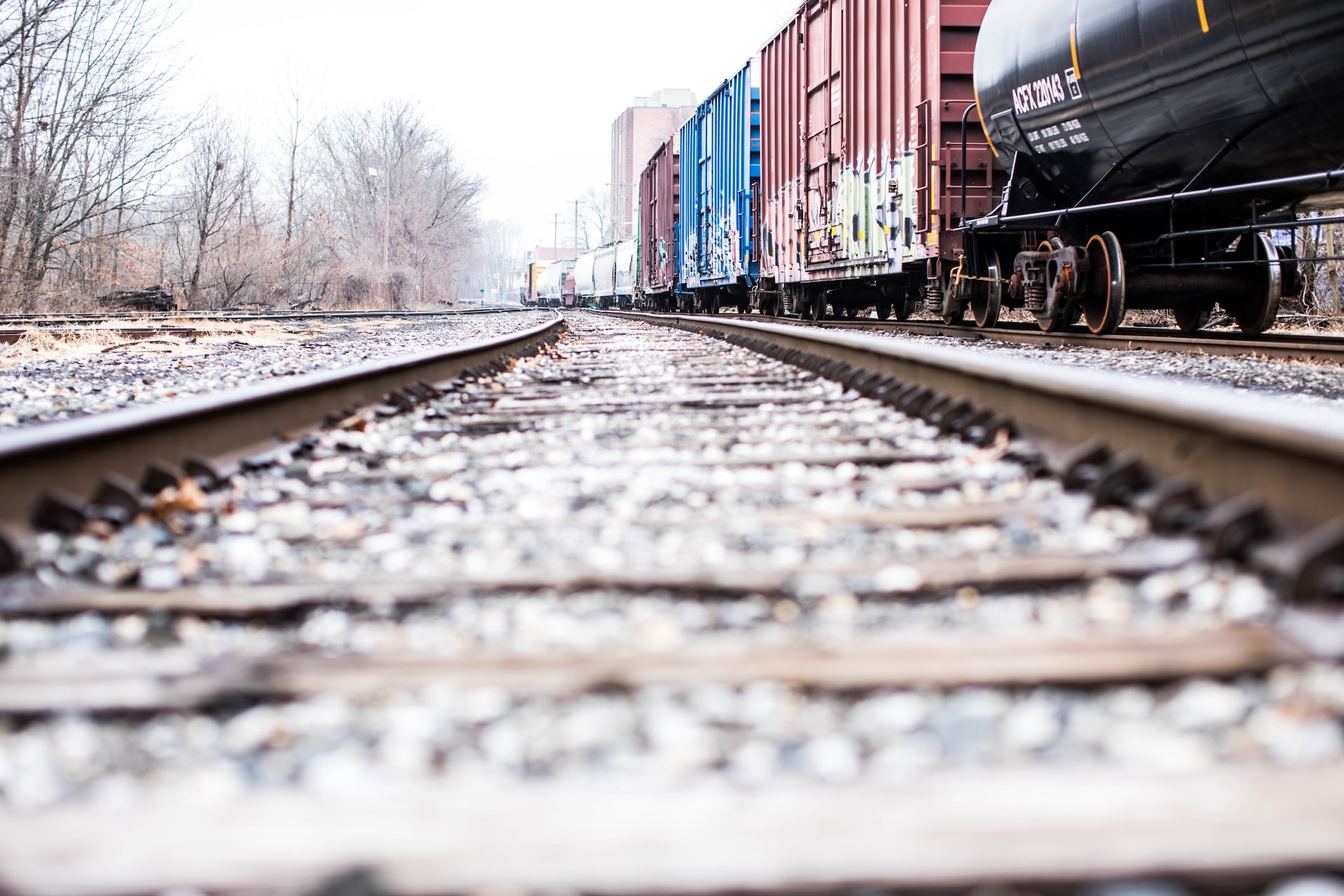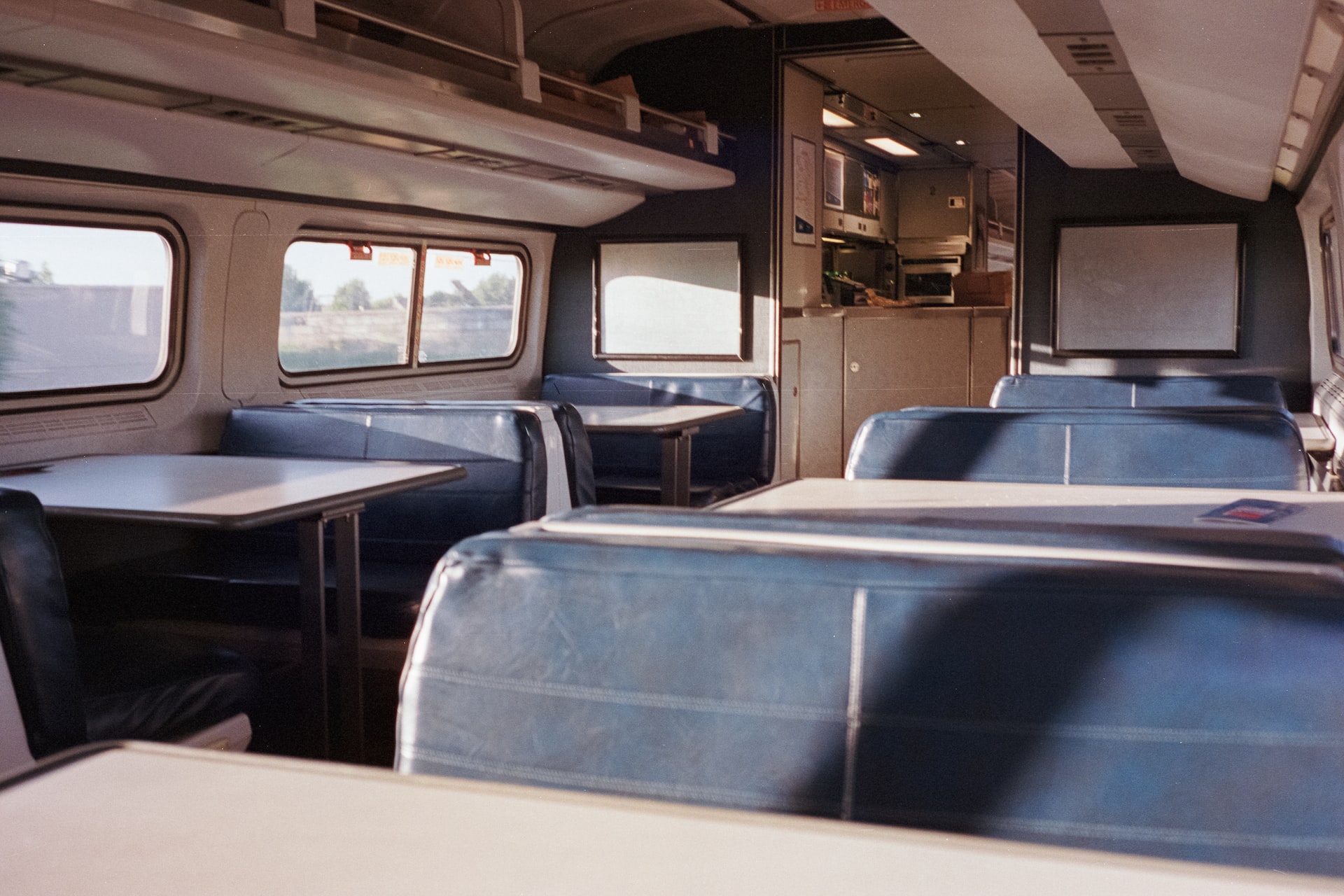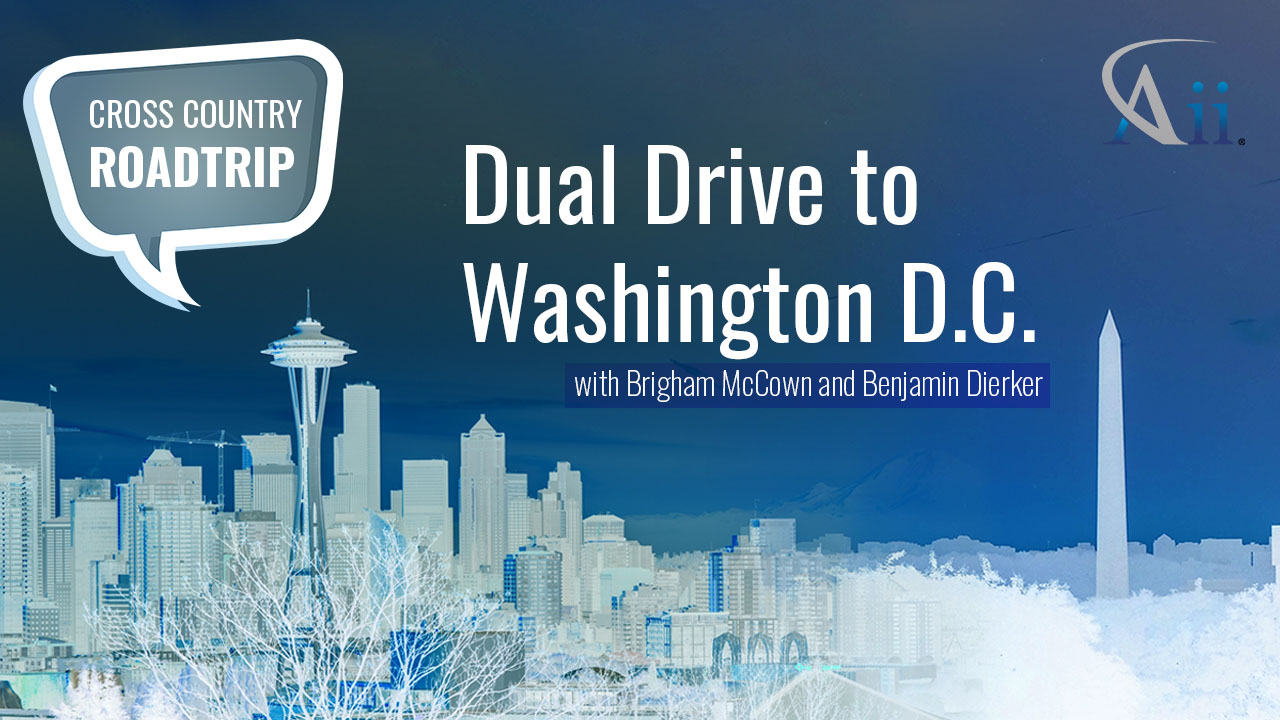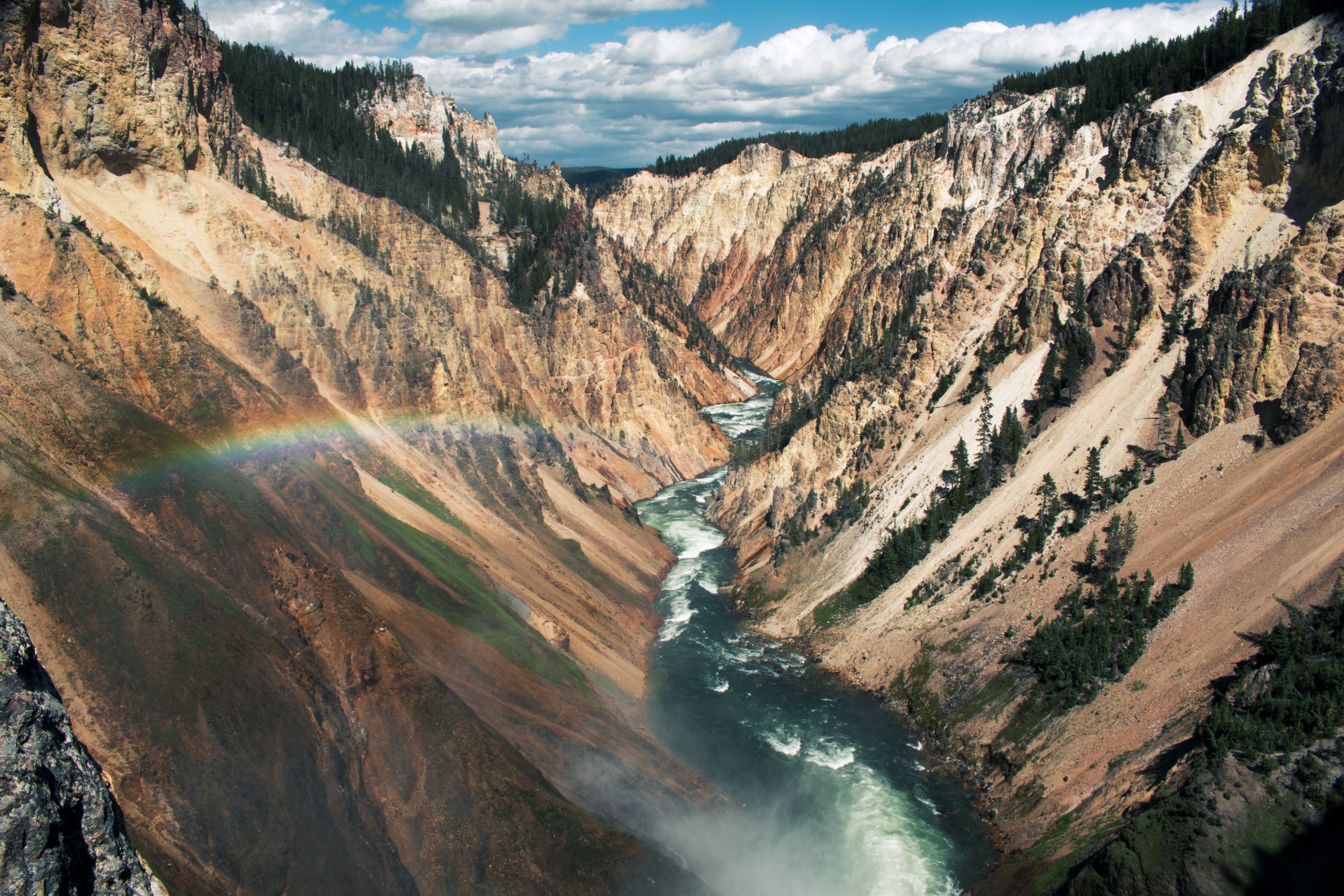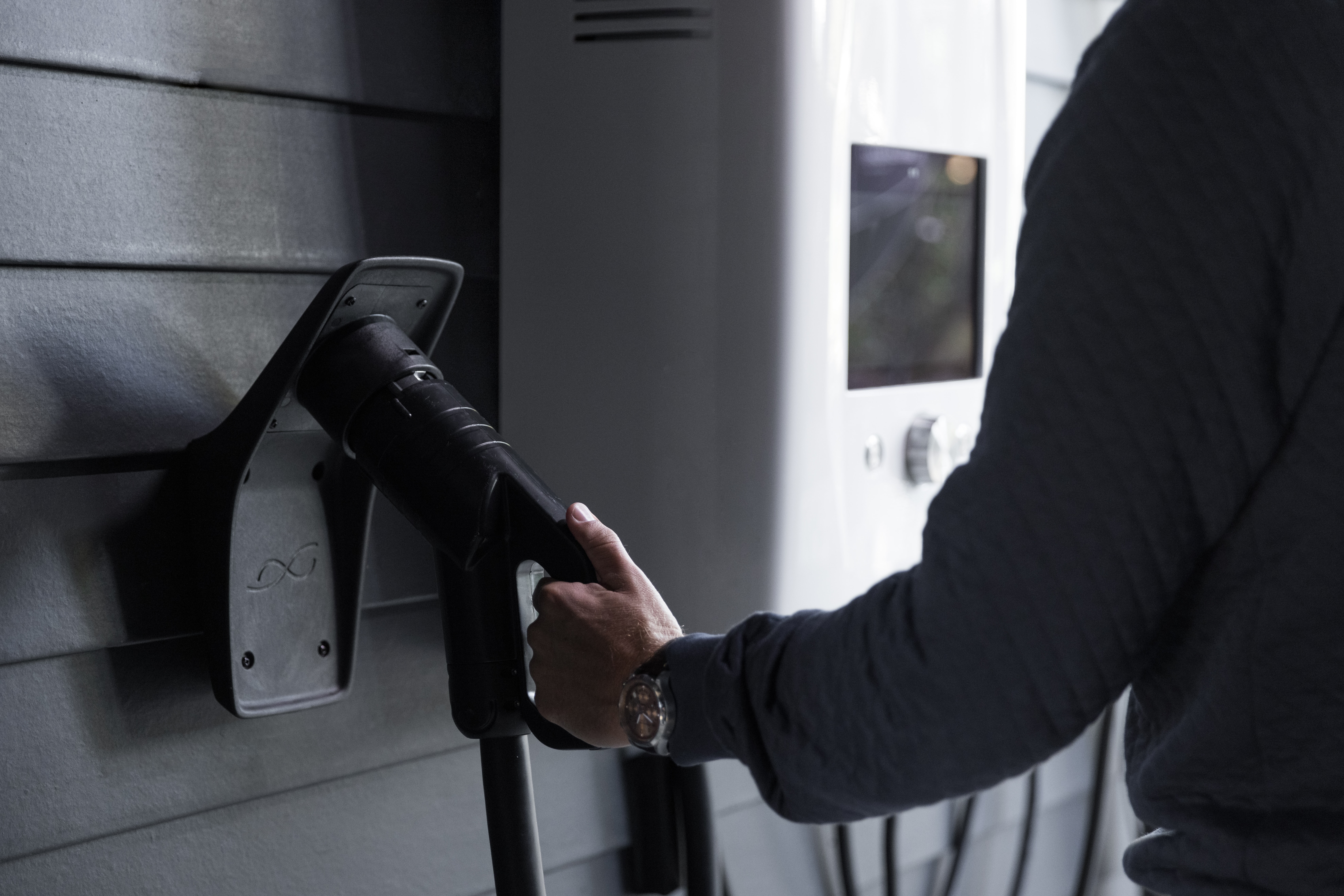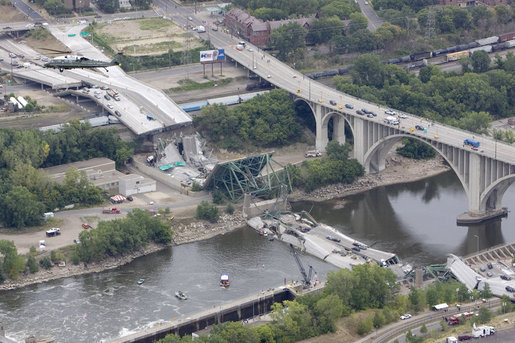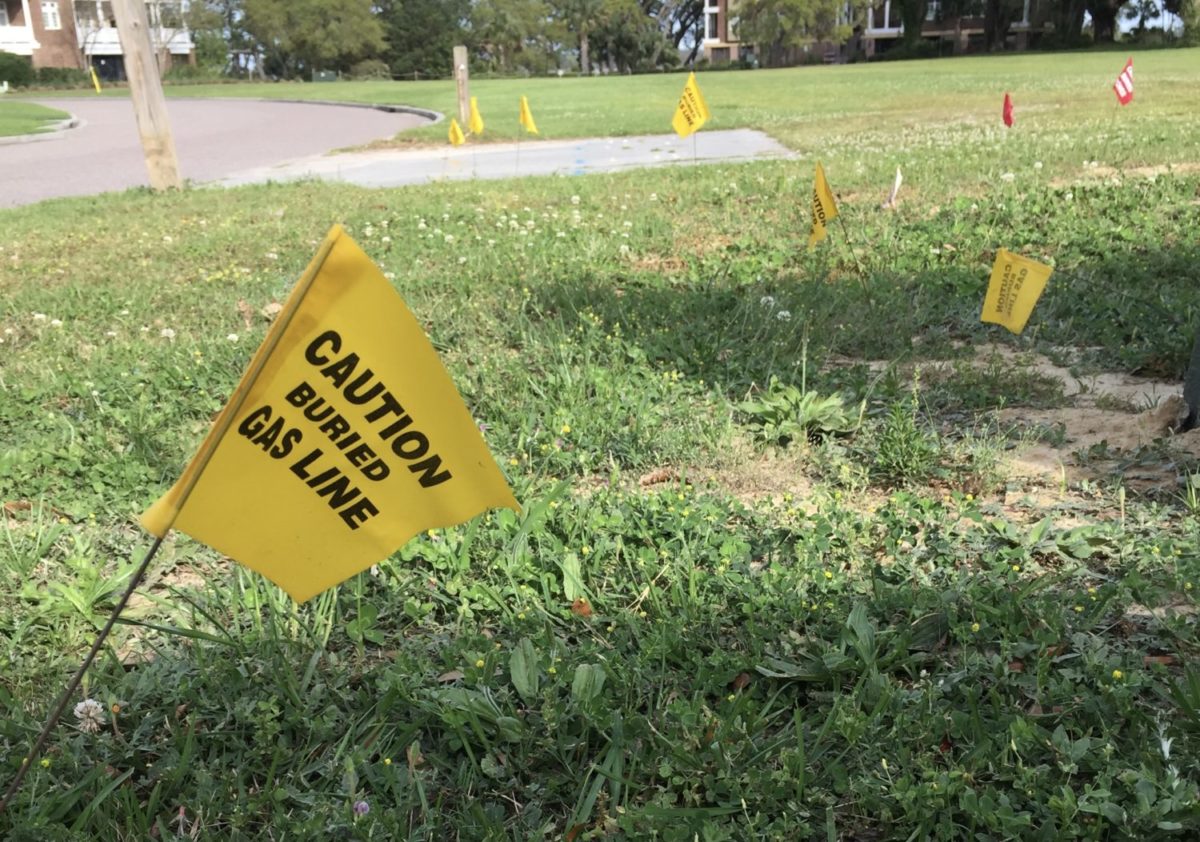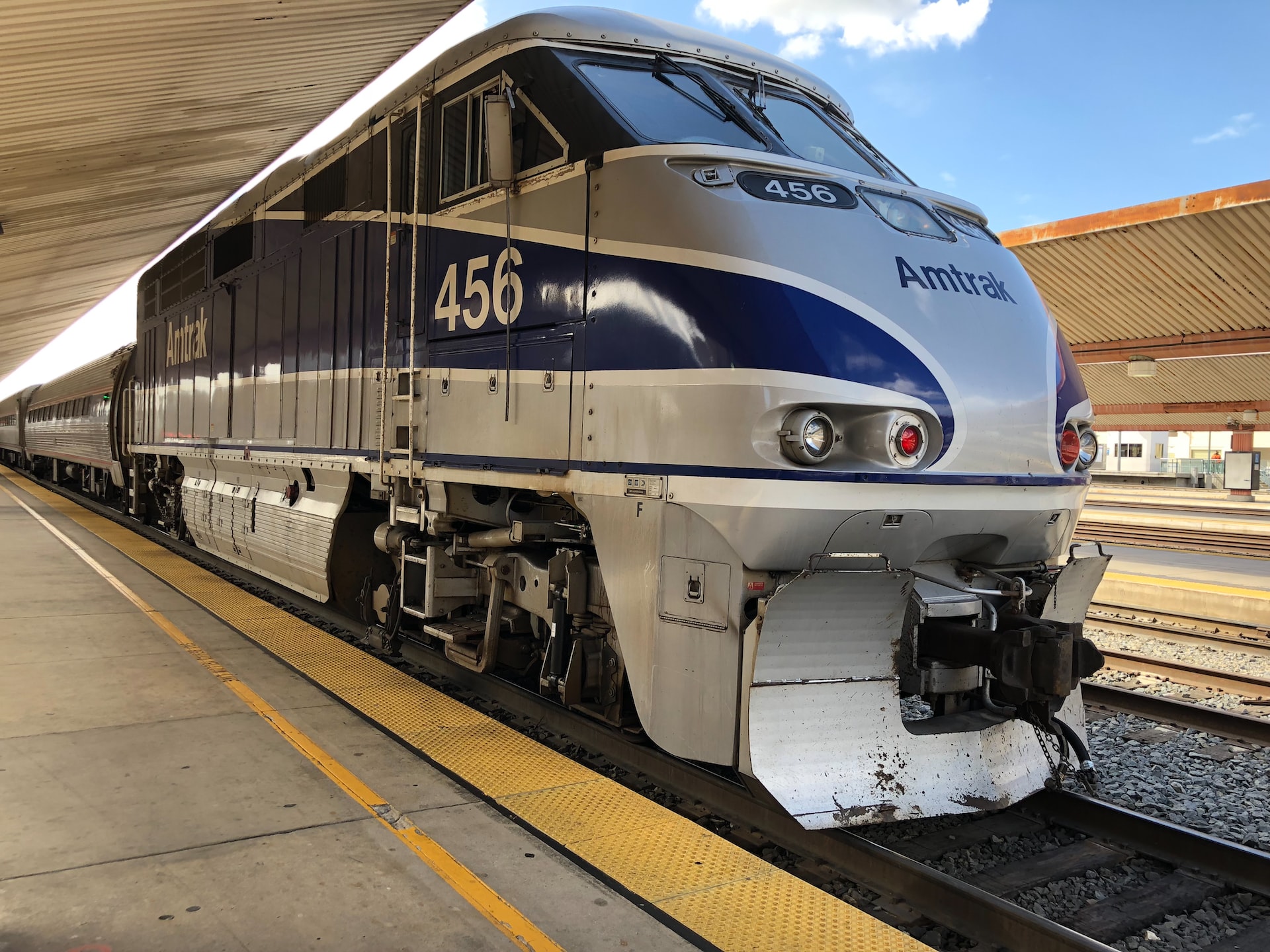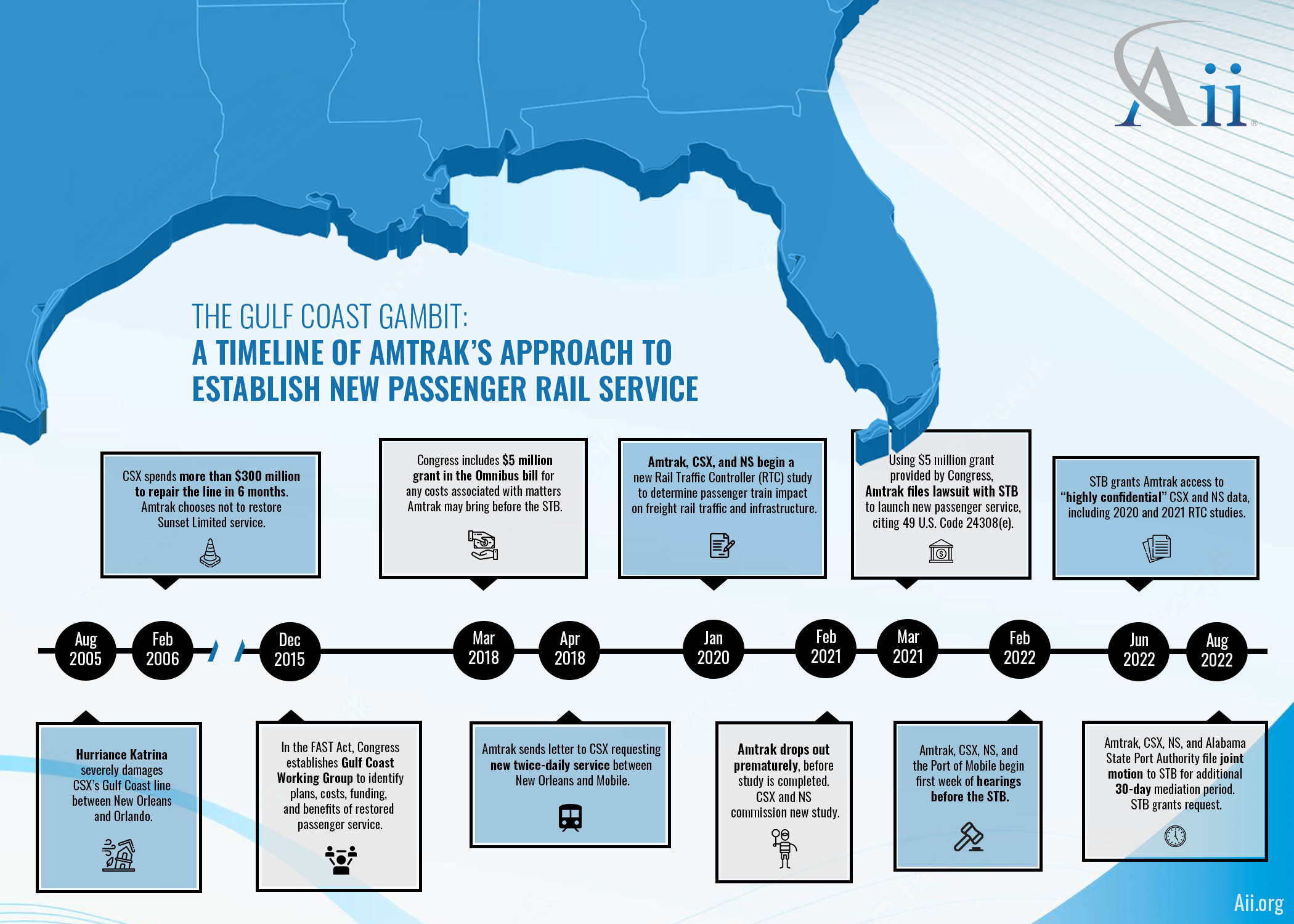After years of negotiation through the collective bargaining process and a number of close calls with threatened labor strikes, President Biden on Friday signed into […]
Read MorePolicy Blog
Our policy blog contains shorter news, overview, or analysis of issues giving the general public, policymakers, and industry leaders an update or review of a new issue or refresher of a longstanding one. They cover a number of public policy challenges, focusing on pro-innovation solutions that can be implemented in a nonpartisan way through law, regulation, or simply best practices. These include an issue background, explanation of the challenge, and proposed solutions or recommendations. Aii white papers are longer than policy briefs, but not more complicated. To ensure you are up to speed and ready for these reports, try reading our policy blogs and briefs. Want a deeper dive on a single topic? Visit our Issues pages for background, challenges, solutions, and all our analysis on the subject.
Ready to tackle the nation’s infrastructure challenges or have innovative ideas you want to explore? Start reading now!
Undisclosed Deal Brings Passengers Back to Amtrak’s Gulf Coast
For years, Amtrak has been seeking to restore passenger service to a section of track along the Gulf Coast between New Orleans, LA and Mobile, […]
Read MorePoll: 8 Billion People, What is the top infrastructure challenge?
This month, the population of the planet is believed to have surpassed 8 billion living people. This milestone serves as a reminder of the importance […]
Read MoreCross Country on Premium Fuel
Come along with Aii team member Andrew on his route from Norfolk, VA to Bozeman, Montana! In this video, we take a look at premium […]
Read MoreGas Versus Electric Race to the Capital
This summer, Aii Founder Brigham McCown embarked on a cross-country road trip in his Tesla Model 3 from Seattle, WA to Washington, D.C. When he […]
Read MoreEV to DC: Taking an Electric Vehicle from Coast to Coast
This summer, Aii founder Brigham McCown embarked on a cross-country road trip in his Tesla Model 3. Starting from Washington state, he made a coast-to-coast […]
Read MoreYellowstone: Rebuilding After the Flood
Earlier this year, Yellowstone National Park was at the epicenter of a historical flooding that resulted in the elimination of homes, bridges, and the possibility […]
Read MoreIs an EV mandate the right solution for California?
It is a blanket assumption that electric vehicles (EVs) are greener than gas vehicles, and many people are not aware of the energy source behind […]
Read MorePoll: What is your preferred source of energy if you could only have one source (or paired sources) for the whole country?
Both summer and winter experience intense demand for energy, but energy is vital year round for growth and progress. Many of us envision a greener […]
Read MoreWhat caused the I-35W bridge collapse in 2007?
Bridge unveilings have been popular dating back to 1866 with the unveiling of the Great Suspension Bridge. One of the latest ribbon cuttings was originally […]
Read MoreWhat Does Damage Prevention Leadership Look Like?
The damage prevention process is tried and true. Notifying a One-Call center through 811 has worked for over a decade, and for at least 30 […]
Read MoreTransportation Sec. Pete Buttigieg Visits Charleston Infrastructure
U.S. Department of Transportation Secretary Pete Buttigieg has been on a tour touting the Infrastructure Investment and Jobs Act that will lead to billions of […]
Read MoreInnovation is the Only Path to Solving Climate Change
If the threat is as dire as some believe, we cannot wait for policy changes to take effect. Realistically, tax and regulatory policy cannot bring […]
Read MoreExpanded Amtrak Service Finds Friends in Federal Government
The relationship between passenger rail and freight rail often comes across the way cinematic thrillers depict tension between the FBI and local police. Both want […]
Read MoreGulf Coast Gambit: Amtrak’s Play For New Passenger Rail Service
Amtrak is seeking to establish twice daily passenger service between Mobile, Alabama and New Orleans, Louisiana. With Hurricane Katrina damaging rail infrastructure back in 2005, […]
Read More